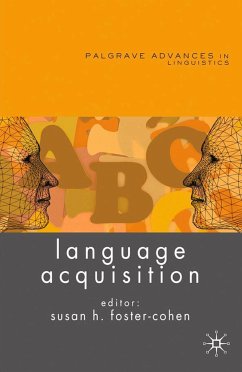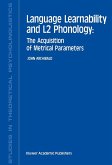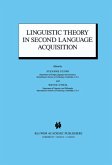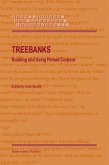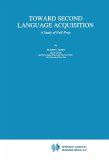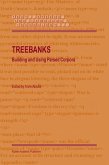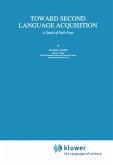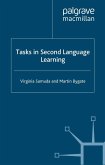Language learners come in all sizes. Children learn one language; they learn many. Older children and adults add languages. Some children learn language against the odds, faced as they are by developmental difficulties of many kinds. How do learners meet these different language acquisition challenges?
What role does the ability to read the minds of others play in the development of syntax? Do children know they are learning words when they do it? Are children more or less conservative than adults when they understand words like 'some' and 'and'? Do we really know the impact of the language we speak to children? Can we really talk about one language being more dominant than another in a child's repertoire? How do cultural patterns of language use impact on the development of language?
We may have moved beyond the conception of language development as nature versus nurture, but we remain uncertain of the exact roles played by the nature of the human animal and the nature of the language environment that learners develop in. We are also by no means in agreement about the important questions to ask and the theoretical frameworks within which to ask or answer them!
This volume provides a snapshot of the field of language acquisition at the beginning of the 21st Century. It represents the multiplicity of approaches that characterize this energetic sub field of linguistics and provides readers with a review of current topics and debates, as well as addressing some of the connections between sub-fields and possible future directions for research in first language, second language, bilingualism, and language disorder in languages that are spoken, manual, and written.
An overview of the 'hot topics' in current language acquisition research and an exploration of some of the interdisciplinary insights between areas of study in this vibrant field
What role does the ability to read the minds of others play in the development of syntax? Do children know they are learning words when they do it? Are children more or less conservative than adults when they understand words like 'some' and 'and'? Do we really know the impact of the language we speak to children? Can we really talk about one language being more dominant than another in a child's repertoire? How do cultural patterns of language use impact on the development of language?
We may have moved beyond the conception of language development as nature versus nurture, but we remain uncertain of the exact roles played by the nature of the human animal and the nature of the language environment that learners develop in. We are also by no means in agreement about the important questions to ask and the theoretical frameworks within which to ask or answer them!
This volume provides a snapshot of the field of language acquisition at the beginning of the 21st Century. It represents the multiplicity of approaches that characterize this energetic sub field of linguistics and provides readers with a review of current topics and debates, as well as addressing some of the connections between sub-fields and possible future directions for research in first language, second language, bilingualism, and language disorder in languages that are spoken, manual, and written.
An overview of the 'hot topics' in current language acquisition research and an exploration of some of the interdisciplinary insights between areas of study in this vibrant field

